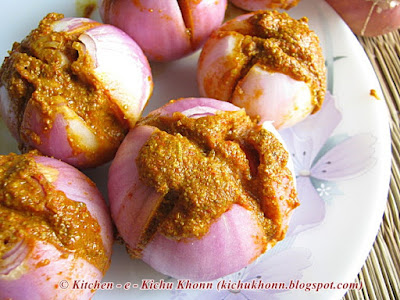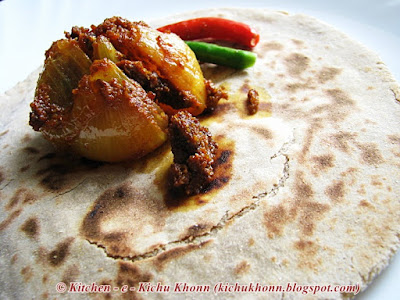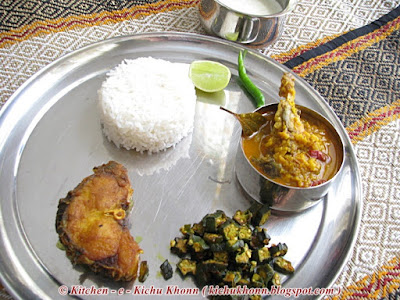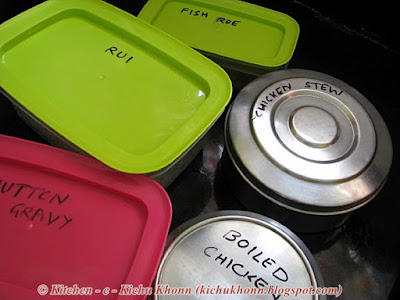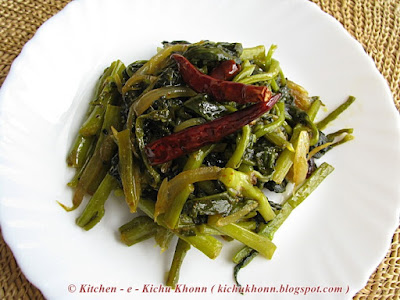Another week gone in a wink.
Not much done though.
Most of the time has been spent on winding up unfinished projects. Like completing painting the balcony swing, finally sewing up the sweater I had been making for B, finishing off the border for my shawl/throw and, of course, cooking and clicking photos.
( I know, I know I am being a little repetitive here. But I am finally done with these projects ... humming in my mind as I went through them that never, ever am I going to put my fingers in so many pies I cannot deal within 3 months. Honest. )
Cooking I have been doing a lot.
Our eating out has been cut down drastically and we are turning more and more to home cooked, light meals.
I make a combination of sabzis on different days .... some from Rajasthan and some from Bengal or Odisha. Cuts the monotony as well as ensures we have our quota of vegetables as well.
I do turn to Rajma or Chole or the very favourite Ghugni at times .... they are a refreshing change from boring vegetables.
This Tuesday, when got our weekly load of fresh vegetables, we found some unusually fresh onions and bought more than we actually needed. B had mentioned his family favourite Onion ki sabzi and I made sure that I picked up a lot that were the same in size.
The first time I had eaten this sabzi was when B's aunt and uncle came visiting us years back.
We were just married; trying to set up a home. I did not know much cooking or how to buy groceries. Depended on Maggi a lot.
It was late evening and we were about to sit down with our bowls of boiled Maggi when the bell rang. Kaka and Kaki stood in front of our door. Just like that ... all of a sudden.
Kaki, like all Rajasthani ladies, did a survery of the kitchen first and wanted to send Kaka to buy vegetables immediately. But since it was late, she finally decided to make do with whatever was in my pantry.
Which was next to nothing, of course. Barring a few onions and some milk in the fridge. And a bowlful of rice ... which obviously she did not care for much.
So off went Kaka to the nearby kirana store and got a big packet of ghee. And atta.
And Kaki made this sabzi and some hot rotis to go with.
I almost had a heart attack at the quantity of ghee that she needed to cook this. But was sensible enough to hold my tongue. Later whenever I have made this sabzi, I have made it with plain cooking oil but added a little ghee for the flavour ... it is needed.
Do remember that the spice in this is necessary to complement the sweetness of the onions.
So here is the very simple recipe for this rustic Rajsthani favourite.
Need :
Onions - 6 to 8 , preferably of the same size
Dhaniya powder - 1 tbsp
Jeera powder - 1 tsp
Haldi powder - 1 tsp
Mirchi powder - 1 tsp
Amchur powder - a little less than 1 tsp
Garam masala powder - a little
Salt - to taste
Oil - 1 to 2 tbsp
Ghee - 1 tsp
How to :
Peel the onions and cut both ends.
Make slits only halfway into them.
Mix the masalas + salt together with a little oil and water.
Stuff the onions carefully .... try not to break them.
In a heavy kadahi or flat pan, heat the oil and ghee.
Place the onions in it and pour the rest of the marinade masala.
Cover and cook for around 10 minutes.
Remove cover and turn the onions once.
Sprinkle garam masala and check for salt.
Cover and simmer for around five minutes more.
Serve hot with rotis.
I had made some Bajre ka rotla .... thick rotis made from Bajra (Millet) flour and slow cooked on an earthen tawa.
And this was our very rustic Rajasthani lunch on a dark, gloomy, cold and windy day.
Not much done though.
Most of the time has been spent on winding up unfinished projects. Like completing painting the balcony swing, finally sewing up the sweater I had been making for B, finishing off the border for my shawl/throw and, of course, cooking and clicking photos.
( I know, I know I am being a little repetitive here. But I am finally done with these projects ... humming in my mind as I went through them that never, ever am I going to put my fingers in so many pies I cannot deal within 3 months. Honest. )
Cooking I have been doing a lot.
Our eating out has been cut down drastically and we are turning more and more to home cooked, light meals.
I make a combination of sabzis on different days .... some from Rajasthan and some from Bengal or Odisha. Cuts the monotony as well as ensures we have our quota of vegetables as well.
I do turn to Rajma or Chole or the very favourite Ghugni at times .... they are a refreshing change from boring vegetables.
This Tuesday, when got our weekly load of fresh vegetables, we found some unusually fresh onions and bought more than we actually needed. B had mentioned his family favourite Onion ki sabzi and I made sure that I picked up a lot that were the same in size.
The first time I had eaten this sabzi was when B's aunt and uncle came visiting us years back.
We were just married; trying to set up a home. I did not know much cooking or how to buy groceries. Depended on Maggi a lot.
It was late evening and we were about to sit down with our bowls of boiled Maggi when the bell rang. Kaka and Kaki stood in front of our door. Just like that ... all of a sudden.
Kaki, like all Rajasthani ladies, did a survery of the kitchen first and wanted to send Kaka to buy vegetables immediately. But since it was late, she finally decided to make do with whatever was in my pantry.
Which was next to nothing, of course. Barring a few onions and some milk in the fridge. And a bowlful of rice ... which obviously she did not care for much.
So off went Kaka to the nearby kirana store and got a big packet of ghee. And atta.
And Kaki made this sabzi and some hot rotis to go with.
I almost had a heart attack at the quantity of ghee that she needed to cook this. But was sensible enough to hold my tongue. Later whenever I have made this sabzi, I have made it with plain cooking oil but added a little ghee for the flavour ... it is needed.
Do remember that the spice in this is necessary to complement the sweetness of the onions.
So here is the very simple recipe for this rustic Rajsthani favourite.
Need :
Onions - 6 to 8 , preferably of the same size
Dhaniya powder - 1 tbsp
Jeera powder - 1 tsp
Haldi powder - 1 tsp
Mirchi powder - 1 tsp
Amchur powder - a little less than 1 tsp
Garam masala powder - a little
Salt - to taste
Oil - 1 to 2 tbsp
Ghee - 1 tsp
How to :
Peel the onions and cut both ends.
Make slits only halfway into them.
Mix the masalas + salt together with a little oil and water.
Stuff the onions carefully .... try not to break them.
In a heavy kadahi or flat pan, heat the oil and ghee.
Place the onions in it and pour the rest of the marinade masala.
Cover and cook for around 10 minutes.
Remove cover and turn the onions once.
Sprinkle garam masala and check for salt.
Cover and simmer for around five minutes more.
Serve hot with rotis.
I had made some Bajre ka rotla .... thick rotis made from Bajra (Millet) flour and slow cooked on an earthen tawa.
And this was our very rustic Rajasthani lunch on a dark, gloomy, cold and windy day.
Enjoy!!!




